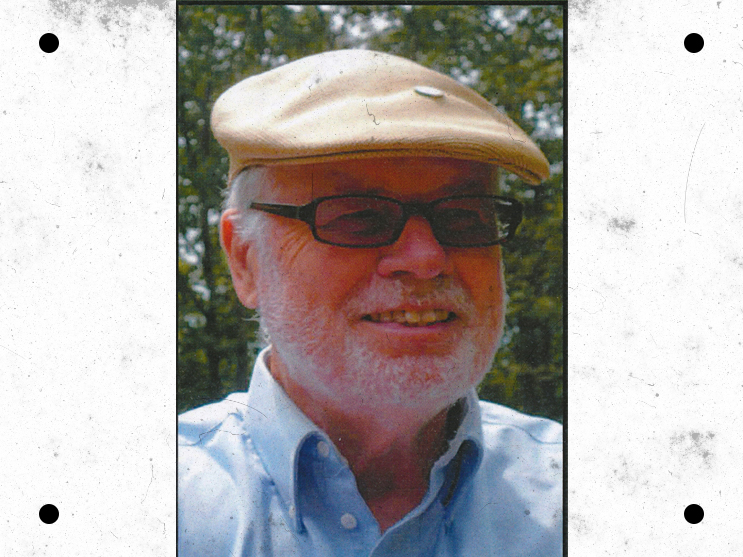Albert Binkley Dickas was born in Sidney to parents Lionel and Helen (Binkley) Dickas. He graduated from Holy Angels High School and went on to earn an undergraduate and master’s degrees at Miami University. After receiving a Ph.D. degree at Michigan State University he worked 10 years as a professional petroleum geologist before joining the staff of the University of Wisconsin. There he taught geophysics for three decades and founded an environmental research center, concluding his academic career as Vice Chancellor of Research. He began his life work in the decade following World War II as a pioneering geologist engaged in the establishment of procedures used in the scientific evaluation of offshore wells drilled in the Gulf of Mexico Basin, one of the world’s great petroleum mega-provinces. In California his investigations of the geology of the Sacramental Valley resulted in the discovery and field mapping of a buried, 50-mile-long, 60-million-year-old submarine channel that is recognized as a model in the understanding of erosion processes associated with existing submarine canyons found throughout the oceans of the world.
The last 14 years of his career was spent investigating the unprecedented, industrial activities involved with the search for economic reserves of oil and natural gas within the ancient sandstone and shale rock formations of the Lake Superior Basin. During this time he focused his interests on researching the structure of the Midcontinent Rift System — predecessor to the present-day East-African Rift Valley System — that threatened, a billion years ago, to fracture the ancestral North American continent in half. Using data from a federally funded geophysical survey conducted along the county road connecting Kettlersville with Jackson Center, Shelby County, he published evidences a geologic arm of the Midcontinent Rift System, formerly thought to terminate near Toledo, Ohio, instead extended further south in the form of an earthquake and volcano prone structure that sought to divide the environs of Sidney and Shelby County by thousands of miles of oceanic separation. Tectonic collision with a micro-continent named Grenvillia, however, gave guarantee the geologic history of Shelby County would develop to the degree and structure that is known today.
In retirement years he has maintained touch with his hometown roots by authoring two books for the Shelby County Historical Society, Passages and Passages II, an anthology and encore anthology of 75 events and persons that highlight Shelby County history. Several articles, reflective of experiences gained through his 40-year-long career as a petroleum geologist, chronicle the history of the three oil fields discovered in Shelby County — named Minster, Loramie, and Cynthian — and the four industrial wells drilled within the city limits of Sidney in the mid-1880s. Natural gas from the most successful of these, drilled on the grounds of Gramercy Park adjacent to the East Court Street Bridge, caught fire and illuminated the eastern environs of the city for ten weeks until floodwaters from the Great Miami River snuffed out the flames. Other published sites of Shelby County geologic interest include the Big Rock area in Tawawa Park and the Erie Canal Limestone Locks in the Village of Lockington.
Albert Binkley Dickas has dedicated his life to education as well as promoting Shelby County’s rich history.
